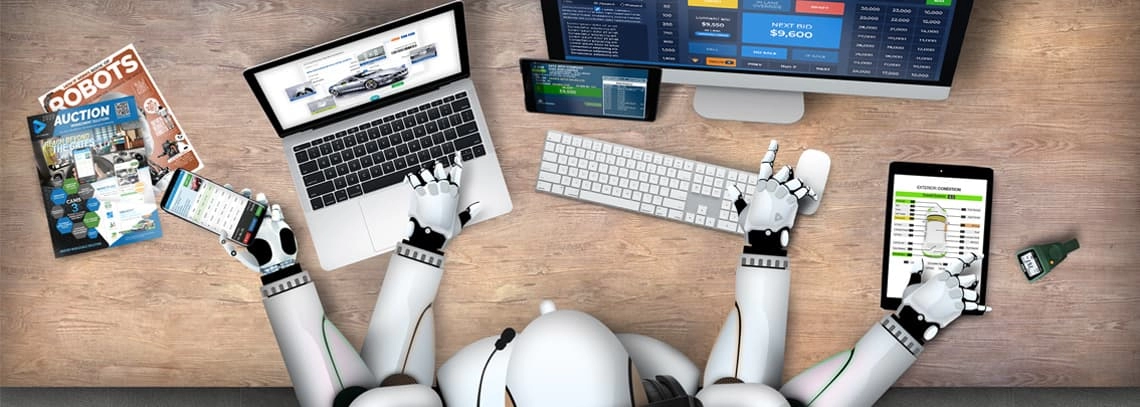In an era where technology continually reshapes industries, the world of auctions is no exception. Auto Auctions, long associated with tradition and the iconic gavel, are embracing a digital transformation that is revolutionizing the way they operate. At the forefront of this revolution stands auctioneer software – a game-changer that is reshaping the auction landscape as we know it.
Stunning Statistics:
- Growing Online Auction Market: According to a 2021 report by Statista, the online auction market value is projected to reach a staggering $495 billion by 2025, marking an increase of over 150% from its value in 2019.
- Digital Engagement: A survey by AuctionsPlus revealed that 85% of auction participants in 2020 had engaged with digital or online auction platforms, a jump from 60% in 2017.
- Rise of Auctioneer Software: The adoption rate of auctioneer software by traditional auction houses has surged by 70% in the past five years, signaling a shift from in-person to hybrid and online-only auctions.
We had the privilege of witnessing one auction's transition to the digital age firsthand. When they first introduced auctioneer software, there was noticeable skepticism. Staff who'd relied on paper catalogs and telephone calls were suddenly navigating digital platforms, and regular patrons were adjusting to online bidding.
However, the results were transformative
With the software, they could now host simultaneous online and in-person auctions, dramatically expanding their reach.
The software also introduced efficiency and accuracy. Automatic bid tracking, real-time catalog updates, and digital payment integrations streamlined what was once a labor-intensive process.
Perhaps most impressively, their revenue saw a 40% increase within a year of adopting the software.
Conclusion:
The digital revolution, powered by auctioneer software, is not just a trend but a paradigm shift for auto auctions worldwide. As this technology continues to evolve and improve, it promises to reshape the auction landscape, enhancing accessibility, efficiency, and profitability.

